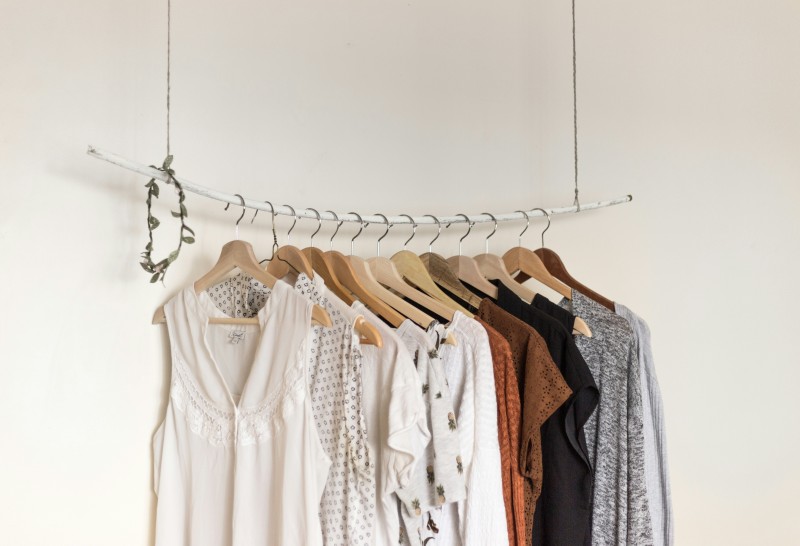
For decades, China has been the undisputed leader in fashion manufacturing, offering low labor costs, vast production capacity, and a well-established infrastructure. However, recent shifts in global trade, coupled with rising labor costs, geopolitical tensions, and supply chain disruptions, are prompting many fashion brands to rethink their dependency on China. As a result, digital B2B platforms are helping companies explore alternative sourcing regions, enabling them to diversify and build more resilient, adaptable supply chains.
The Limits of Overreliance on China
In the past, China’s dominance in the fashion supply chain made it the go-to destination for manufacturers. However, as the world has become more interconnected, the risks of relying too heavily on a single source have become apparent. The COVID-19 pandemic exposed just how fragile global supply chains can be when they are concentrated in one region. Factory shutdowns, shipping delays, and rising costs in China forced many fashion brands to reconsider their reliance on Chinese manufacturing.
For instance, major global players like Nike and Adidas have already started shifting some production out of China to countries like Vietnam and Indonesia. Similarly, companies like H&M are increasingly sourcing from Bangladesh and India as part of their efforts to reduce risk and improve cost efficiency. By diversifying sourcing, these brands are ensuring that their operations remain robust, even in the face of unforeseen disruptions.
The Role of Digital Platforms in Sourcing Beyond China
While finding new sourcing destinations can be a challenge, digital B2B platforms are making it much easier. Brands no longer have to rely on local agents or word-of-mouth recommendations to find reliable suppliers in emerging regions. Platforms like Alibaba, Maker’s Row, and others provide direct access to a global network of manufacturers, with searchable databases that include production capabilities, certifications, pricing, and lead times.
For example, a fashion brand looking to source high-quality activewear might typically look to China for affordable production. But with a digital sourcing platform, they can quickly compare suppliers in Vietnam, Bangladesh, and Turkey, considering factors such as cost, labor practices, and environmental impact. This transparency allows brands to make more informed decisions, ensuring they choose the best supplier for their needs—no matter where they are located.
The Future of Diversified Sourcing
As sourcing regions diversify, digital platforms will continue to play a central role in reshaping the fashion supply chain. By offering access to verified suppliers in multiple countries, these platforms enable brands to balance cost, quality, and sustainability without relying on a single region. As brands embrace nearshoring and look beyond China, they will have the opportunity to build more sustainable, ethical, and resilient supply chains that can better withstand future disruptions.
Ultimately, the future of fashion sourcing lies in flexibility. Brands that embrace a global approach—empowered by digital tools—will be able to adapt to changing market conditions, navigate geopolitical challenges, and meet the growing demand for transparency and sustainability in their supply chains.